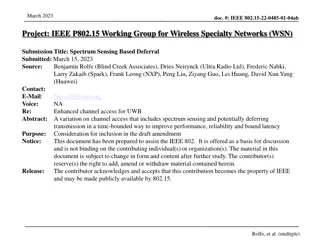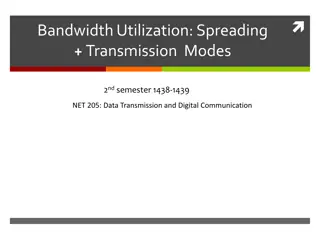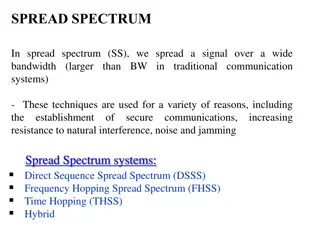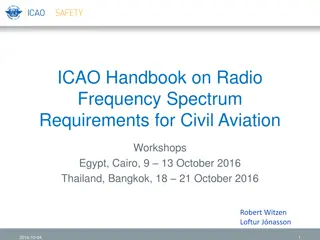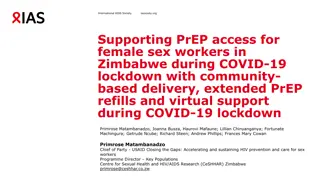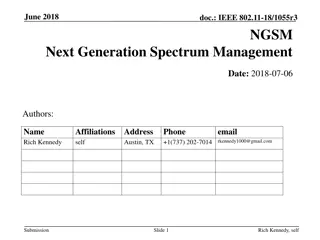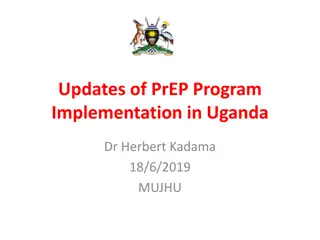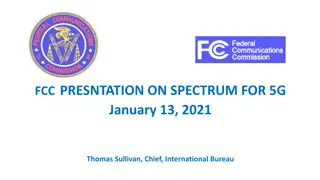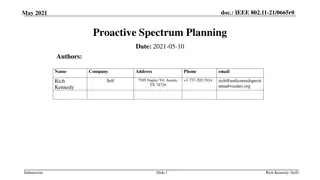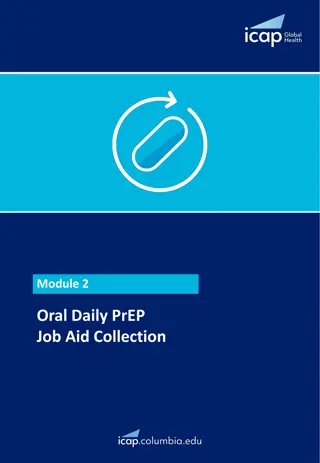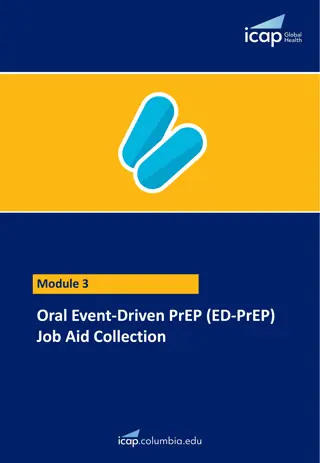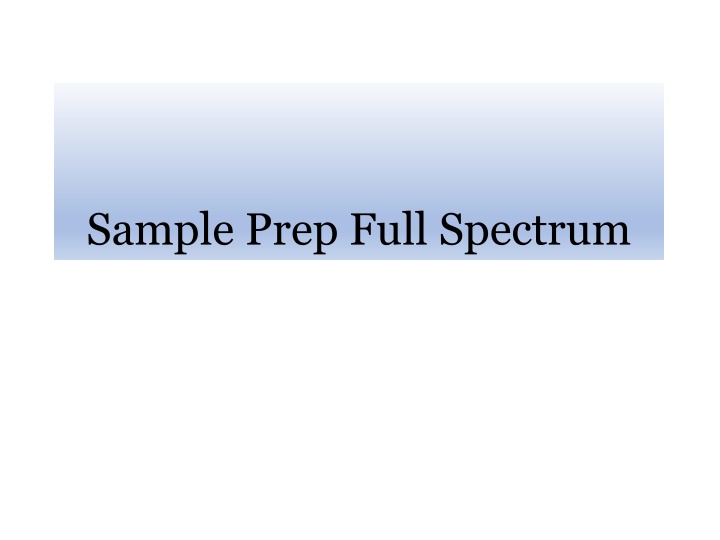
Optimizing Full Spectrum Flow Cytometry: Best Practices & Quality Controls
"Learn about best practices for optimizing full spectrum flow cytometry experiments, including sample preparation, panel design, and quality controls. Ensure accurate data analysis and maximize results for your research projects with expert guidelines."
Download Presentation

Please find below an Image/Link to download the presentation.
The content on the website is provided AS IS for your information and personal use only. It may not be sold, licensed, or shared on other websites without obtaining consent from the author. If you encounter any issues during the download, it is possible that the publisher has removed the file from their server.
You are allowed to download the files provided on this website for personal or commercial use, subject to the condition that they are used lawfully. All files are the property of their respective owners.
The content on the website is provided AS IS for your information and personal use only. It may not be sold, licensed, or shared on other websites without obtaining consent from the author.
E N D
Presentation Transcript
Cytek Northern Lights The Northern Lights is a 3 laser full spectrum flow cytometer. The samples are run by the core personnel and FCS files are created to be analyzed in FlowJo or similar software by the researcher. All samples should be fixed to run on the Cytek Northern Lights unless your assay prohibits (i.e. apoptosis). This allows for timing flexibility in running samples and eliminates biosafety concerns. A fixation protocol can be found here:
Panel Design Use the Spectrum Viewer and Experiment Builder on Cytek website to plan the best experiment panel. To access these visit Cytek Cloud and create an account: https://cloud.cytekbio.com/newlogin It will ask for a serial number of the instrument, it is N0813. After building the panel, reach out to the core with any questions.
Experimental Quality Controls Quality control samples are needed with each experiment. A multi-color experiment cannot be run without proper controls. For best practice, the controls needed for each experiment are as follows: Negative/unstained cells Single stain controls for each color FMOs (fluorescence minus one) for each color. If you are using the same panel for multiple days of an experiment then controls can be re-used These controls are needed to set instrument voltages and compensate the samples, while the FMOs are used in analysis to set the positive and negative gates for each color (fluorophore).
Experimental Quality Controls The single stain/compensation controls are used to set up the instrument and samples cannot be run without them. * VERY IMPORTANT things that are unique to full spectrum to note: For full spectrum flow, you must use the same antibody on the controls as used in the samples. You cannot substitute a different marker of the same color. If you expect little or no pos+ staining for a marker, then you need to prep a bead compensation control for that marker. We must have a clear pos+ population to set up the experiment. Most users prefer to use comp beads for all single colors and use cells only for unstained samples and viability dye control. The full spectrum allows for a subtraction of the background/auto fluorescence of the samples yielding higher quality results. In order to do this, you must provide an unstained cells sample for each cell type you are analyzing. Substituting a different cell type will not work. Best practice is to provide an unstained sample with each run.
Experimental Quality Controls FMO controls are used for analysis purposes. When drawing gates to determine which proportion of the cell population expresses a given marker, these controls are used to help set the positive and negative gates. While some populations have clear pos/neg expression, low expressing markers or markers that just cause a slight shift are easier to confidently gate on with FMO controls FMO example: Using the same panel listed on previous slide FMO controls would be: Tube 6: FITC FMO- Cells with all stains except FITC Tube 7: PE FMO- Cells with all stains except PE Tube 8: APC FMO- Cells with all stains except APC Tube 9: ef780 viability FMO- Cells with all stains except ef780
Samples Samples must be in 5ml- 12x75mm polystyrene round bottom tubes BD Flacon brand (catalog # 352052) to be ran on Fortessa or Celesta. No other sized tubes will work. The recommended final volume of around 250ul. Over diluted samples will result in long run times. Filter cells prior to bringing to the core. If aggregates are present, the samples cannot be ran as it will clog the instrument. Include a form with samples indicating all necessary info: Lab name, your name, contact info, staining panel including markers & colors used, cell type, etc. This must be submitted with samples, or it can be emailed to core personnel ahead of time. Make sure tubes are numbered or labeled legibly to prevent mishandling of tubes out of order. Samples can be dropped off in core fridge or in afterhours fridge prior to appointment time.
Preparing Cells All cell types require different digestion, harvesting, and isolation techniques. It is recommended you find a protocol specific for your cell type that gives you a single cell suspension with optimal cell number recovery. Lyse out red blood cells! This step is very important. RBCs will overwhelm your samples and make finding cells of interest very difficult. COUNT YOUR CELLS! This step is very important. After cell collection and prior to staining, count your cells. This will help you determine antibody concentrations, as well as determine if your cell harvest was successful and you have enough cells to stain. Unless you are identifying very rare cell populations, 1 million cells is a sufficient number needed for staining. Make sure you have a single cell suspension. If you see clumps in your sample, these cannot be run on the cytometer. They can damage the instrument and cause inaccurate results. All samples should be filtered through a 40 m cell strainer topped 5 ml FACs tube before bringing the samples to the flow core.
Staining Protocol All cell types require different variations to the staining protocol, so it s best to find protocols specific to your assay/cell type. There are many protocols available on-line and on antibody manufacturer websites. It is highly recommended that you test your protocols on a small sample size prior to staining a large number of cells/samples on valuable cells. Keep it simple to start. Do not use your two month highly expensive or valuable experimental samples for your first flow run. A generic staining protocol can be found on my website here: https://medicine.uams.edu/mbim/research-cores/flow- cytometry-core-facility/sample-submission/sample- preparation/


